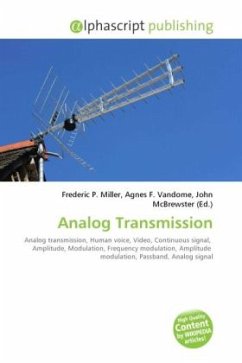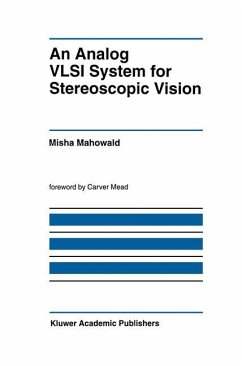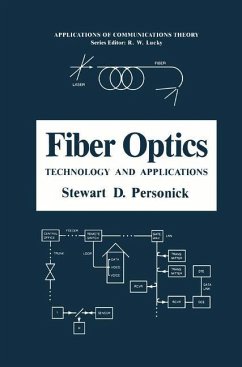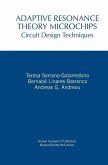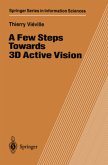High Quality Content by WIKIPEDIA articles! Analog recording versus digital recording compares the two ways in which sound is recorded and stored. Actual sound waves consist of continuous variations in air pressure. Representations of these signals can be recorded using either digital or analog techniques.An analog recording is one where a property or characteristic of a physical recording medium is made to vary in a manner analogous to the variations in air pressure of the original sound. Generally, the air pressure variations are first converted (by a transducer such as a microphone) into an electrical analog signal in which either the instantaneous voltage or current is directly proportional to the instantaneous air pressure (or is a function of the pressure). The variations of the electrical signal in turn are converted to variations in the recording medium by a recording machine such as a tape recorder or record cutter the variable property of the medium is modulated by the signal. Examples of properties that are modified are the magnetization of magnetic tape or the deviation (or displacement) of the groove of a gramophone disc from a smooth, flat spiral track.


